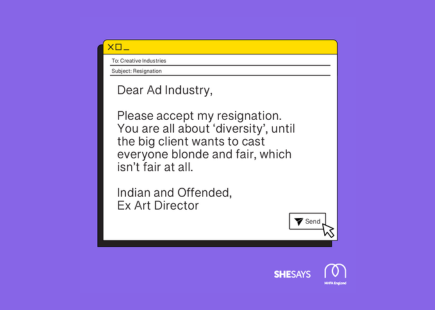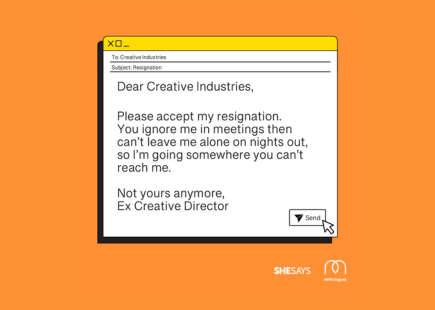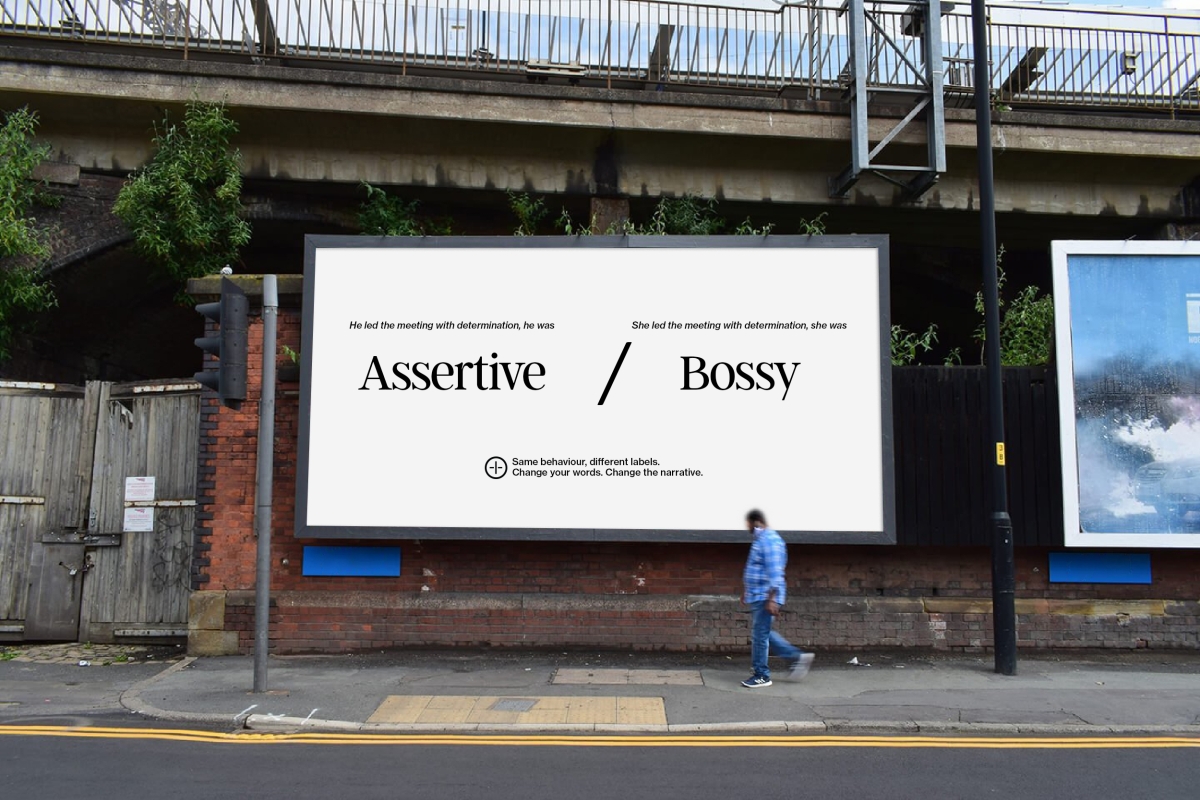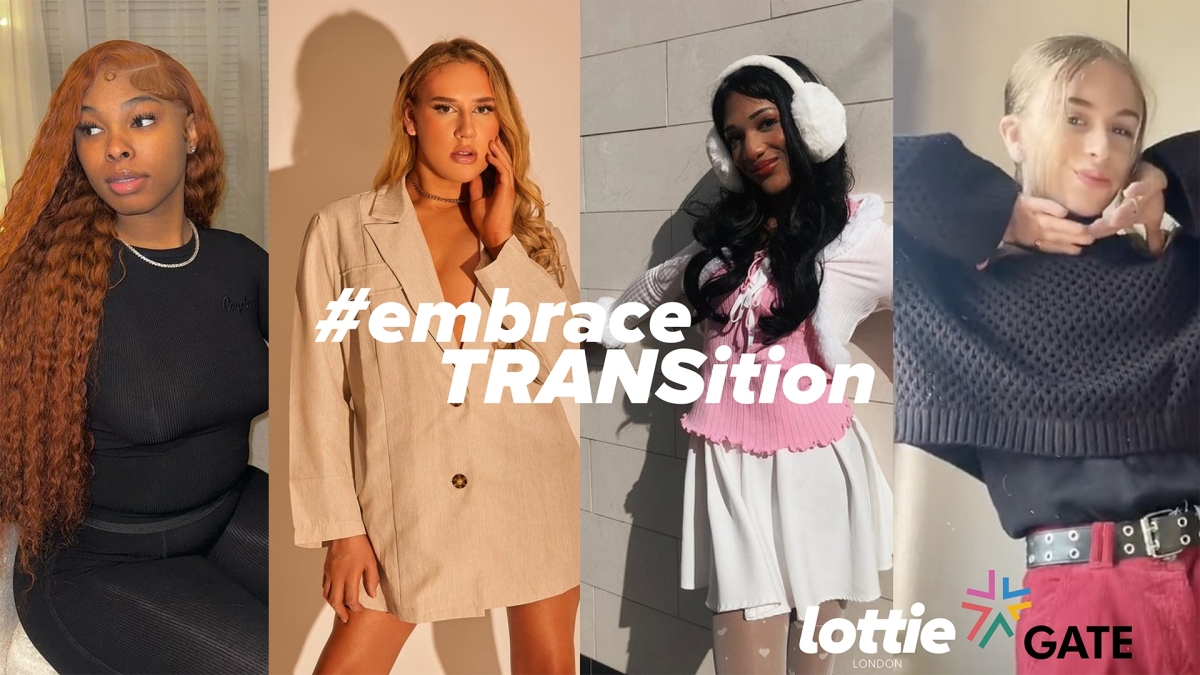What do we really, really want this International Women’s Day?

International Women’s Day is here again, although this year, women seem less likely than ever to be passively grateful for having the spotlight shone on them in the name of equality.
Vicki Maguire, Havas London CCO, summed it up in a tweet: “Beginning to feel like a fat bearded old white man in December. IWD approaches and suddenly everyone wants me to talk to them. For free.”
With many resigning from the usual IWD niceties, it poses the age-old Spice Girl question, what do we really, really want this IWD?
Beginning to feel like a fat bearded old white man in December. IWD approaches and suddenly everyone wants me to talk to them. For free
— vicki maguire (@vickimaguire137) March 7, 2023
Engaging in real conversation.
Think about roots of insight that go deeper than a thousand-year-old pine.
This doesn’t mean your creative needs to be full of numbers to pack a punch, but there does need to be solid data backing behind anything you do.
Campaigns that boldly leverage stats to shape solution-based creative will forever be the real MVPs.
Take SheSays, the global careers and mentorship creative network for women and non-binary people.
They launched a social campaign showing the real reasons why women and non-binary people are resigning from roles within creative industries and answered the question ‘why has she gone?’— created solely from insights shared by over 100 women and non-binary people within the advertising, marketing, and media industries.


Put your money where your mouth is.
Whatever you project, needs to reflect.
If you’re pouring pounds into consumer-first initiatives, it’s vital that your own are getting the same love.
This might entail increasing training budgets, investing in mentorship or, if you’re M&S, investing millions into enhanced maternity leave.
The retailer has committed to investing £5 million annually in March towards its maternity, paternity and adoption policies.
They also launched a dedicated fertility treatment policy in 2022, to give employees up to 10 days of leave for attending fertility appointments.
Though the above isn’t a direct correlation to IWD, they haven’t announced any consumer IWD initiatives or campaigns—make of that what you will.
Leveraging men as allies.
Hear me out. This doesn’t mean asking them to host keynotes or organise events.
It’s about education—without making men "champions" or poster children for gender equality, we need to invest in their meaningful engagement to unpack common stereotypes and jointly drive behaviour change.
Take British Gas—who commissioned research revealing one in five British men using sexist language to ‘be funny’ or show camaraderie and bond with others.
In light of the research, British Gas launched ’Double Standards,’ which explored how women and men may exhibit the same behaviour, but that behaviour is often labelled differently. For example, assertive v bossy, ambitious v pushy, passionate v hysterical and player v slut.
By contextualising issues faced by women in a way that men can relate to, it allows them to see how they are part of, and contribute to, the problem—opening up more opportunities for change.
 Credit: CPB London, Double Standards campaign
Credit: CPB London, Double Standards campaignBeing for all women.
Brands who view women as a generic group with linear interests and attitudes risk relying on outdated and often irritating stereotypes.
Brands should never assume that anyone has had the same lived experiences simply for being a woman, without taking into account the many identities that intersect based on their sexual orientation, disability status, age, religion, race or ethnicity is.
Lottie London schooled us all on this with its #embraceTRANSition campaign.
Makeup has helped many trans women explore their identity and feel confident in their authentic selves, but the makeup industry has not always had adequate representation.
With its IWD campaign, Lottie London aimed to promote equity and highlight the experience of trans women through their transition journey within the #LottieSquad – its community that has been working with trans creators and campaign models since launch.
Brands should be handing the mic over to the people with said lived experiences, rather than ever attempt to tell their stories for them.
 Credit: Lottie London
Credit: Lottie LondonPromoting powerless products.
This one doesn’t need an introduction.
After decades of being told not to 'pink it or shrink it' marketers would be forgiven for believing this is a moot point.
Yet, you need only look at the likes of Hershey’s who brought back its chocolate bar packaging to emphasise the ’she’ in Hershey’s and emblazoned with adjectives such as ’fearless,’ ’hardworking’ and ’loving.’
In 2024, it’s not so much about brands playing into the stereotypes of years gone by, but more so selling products or hosting promotions (they think) resonate, in short, adopting a “one size fits all” approach.
If you enjoyed this article, you can subscribe for free to our weekly email alert and receive a regular curation of the best creative campaigns by creatives themselves.
Published on:





